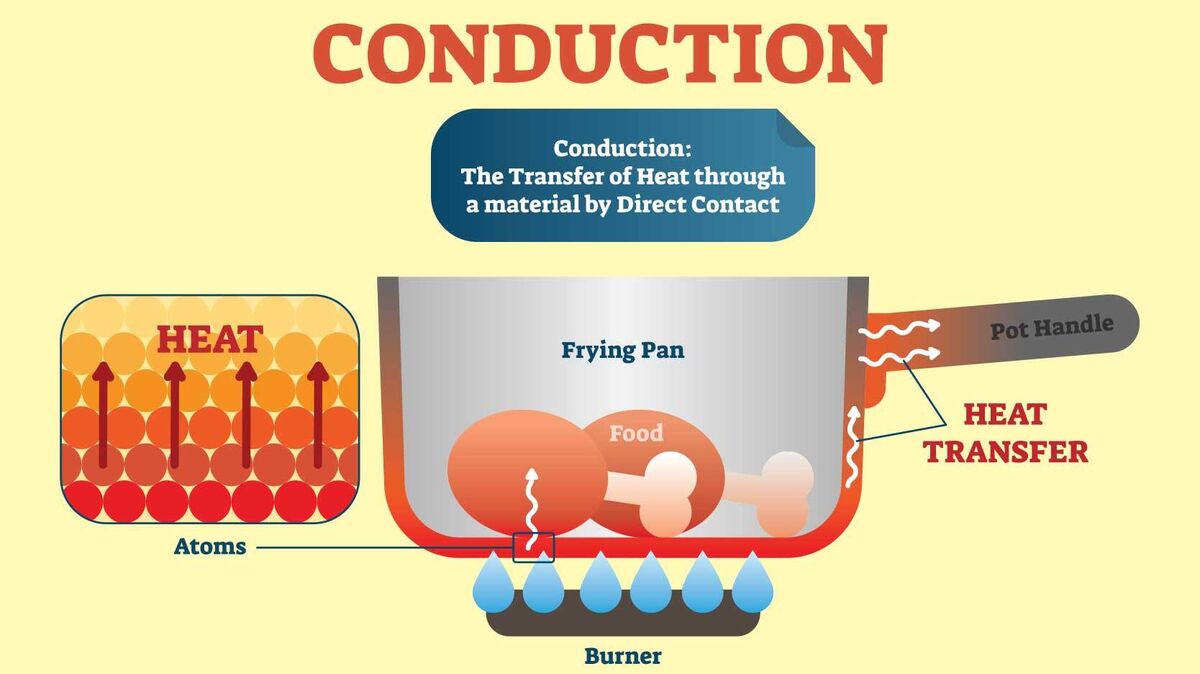

Introduction:
Heat move assumes a principal part in different regular and designed frameworks. Conduction is one of the three essential methods of intensity move, close by convection and radiation. In this article, we will investigate the conduction method of intensity move, its fundamental standards, the equation used to compute heat conduction, and give reasonable guides to better comprehension.
Conduction Method of Intensity Move:
Conduction happens when intensity is moved through a strong material or between two contacting solids. It includes the exchange of nuclear power because of atomic impacts and vibrations inside the material. In this cycle, energy is moved from higher temperature districts to bring down temperature locales until warm balance is accomplished.
Equation for Intensity Conduction:
The pace of intensity conduction through a material can be resolved utilizing Fourier's Law of Intensity Conduction. The recipe is as per the following:
Q = (kA∆T)/L
Where:
Q addresses the intensity move rate (in watts or joules each second).
k signifies the warm conductivity of the material (in watts per meter per Kelvin).
An addresses the cross-sectional region opposite to the course of intensity stream (in square meters).
∆T means the temperature contrast across the material (in Kelvin or Celsius).
L addresses the thickness or length of the material toward heat stream (in meters).
Model 1:
We should think about a metal bar with a warm conductivity of 100 W/(m·K), a cross-sectional area of 0.02 m², and a length of 0.5 m. Assuming the temperature distinction between its finishes is 50°C, we can compute the pace of intensity conduction.
Q = (100 W/(m·K) × 0.02 m² × 50°C)/0.5 m
Q = 100 W
Thusly, the intensity move rate through the metal pole is 100 watts.
Model 2:
Assume we have a glass window sheet with a thickness of 5 mm and a surface area of 2 m². The temperature contrast across the glass sheet is 20 K, and its warm conductivity is 0.8 W/(m·K). We should compute the pace of intensity conduction.
Q = (0.8 W/(m·K) × 2 m² × 20 K)/0.005 m
Q = 640 W
Consequently, the intensity move rate through the glass sheet is 640 watts.
End:
Conduction is a fundamental method of intensity move that happens through strong materials. Understanding the standards of intensity conduction and using Fourier's Regulation assists specialists and researchers with deciding the intensity move rate precisely. By applying the conduction equation in reasonable models, we can get a handle on what various factors mean for the pace of intensity conduction and value its importance in different true situations.